-
Gotta Fight the Bosses… and Pollution
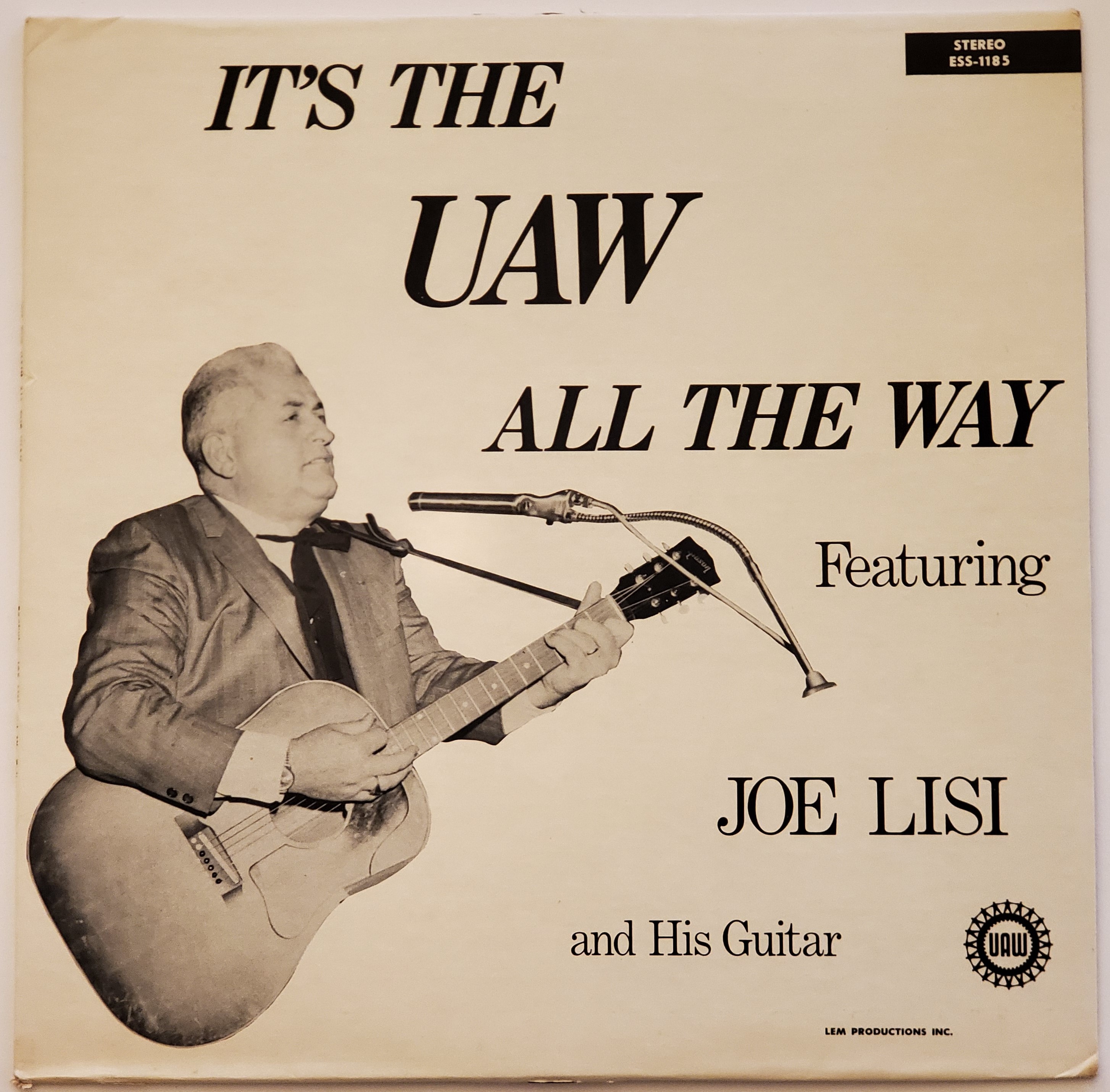
Lisi's song gives the lie to idea that working-class people and workers' unions were indifferent or antagonistic to concerns about the environment. Simply put, one of the first songs about pollution was written by and for factory workers.
-
Unsettling Wilderness
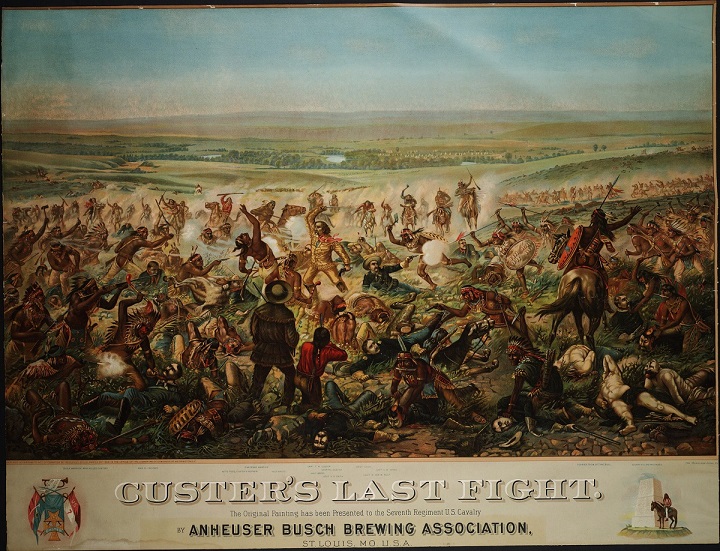
Wilderness has long been a powerful and fraught concept with which to understand North American nature. In their 2013 album, The Handsome Family attempt to reimagine the concept as something more like a force than a place.
-
The Sound of Extinction without the Sound of Humans? Bernie Krause, Soundscape Ecology, and "Natural" Soundscapes in the Anthropocene
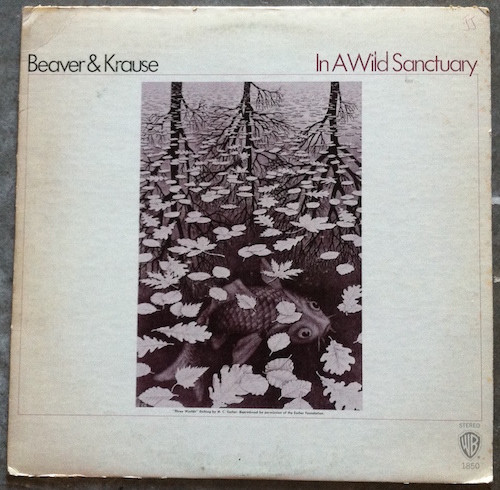
There is a profound sense of loss that pervades Krause's work. Those who know only the present soundscape cannot know the experience of living through the transformation.
-
Indigenous Art Collectives: Environmental and Social Justice Protests Through Artivism and Direct-Action Protest
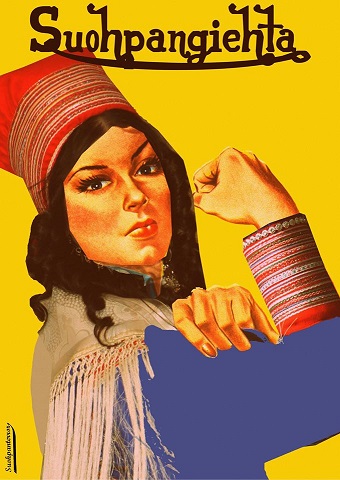
Visual images that tell stories from indigenous perspectives can offer more holistic understandings of the world and ask us to reconsider how we comprehend historical contexts and power structures, and to consider diverse forms of identity and expression.
-
Planet Rock: Environmental Histories of Songs
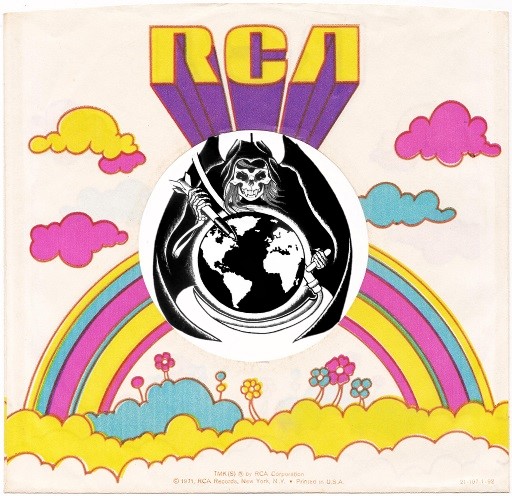
From the redwood forests to Standing Rock, in the ghetto and on the moon, our environments have shaped our music. We may live on a hungry planet, even a poison planet, but we also live on planet rock.
-
4 Skins: Punk and the Concrete City

Punk was urban music, but direct links to the city in punk music were often amorphous. The 4 Skins, a short-lived group whose black members set them apart from most other punk groups of the time, were unique in constructing a detailed sense of New York as a living space.
-
Blackened and Nuclear Winter
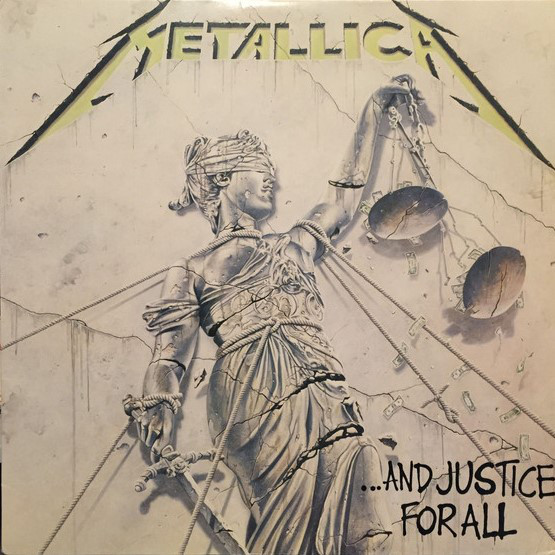
One could argue that "Blackened" is a planet-in-peril kind of song, reminiscent of the Doors' 1967 "When the Music's Over." But not quite. Metallica does not want to hear the scream of the butterfly.
-
Black Survival: Mainstream Environmentalism's Missed Opportunities
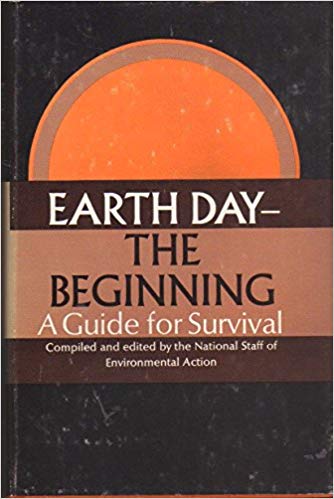
The 1970 play "Black Survival" reveals that even at the moment of the first Earth Day, many African Americans considered environmentalism to be a white movement, but not necessarily a white issue.
-
Charlton Heston: Prophet of the Eco-Apocalypse?
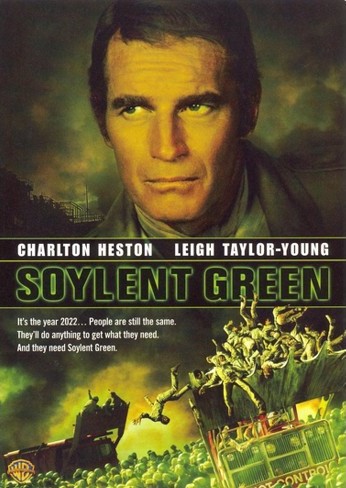
The first Earth Day in 1970 represented humans as earth's savior, but only because humans also appeared to be earth's destroyer. No popular avatar better captured this tension between humanity as savior and humanity as destroyer than Charlton Heston, whose films pioneered the genre of post-apocalyptic eco-catastrophe.
-
A Year Without Summer — Apocalyptic Paintings of the 1815 Mount Tambora Eruption
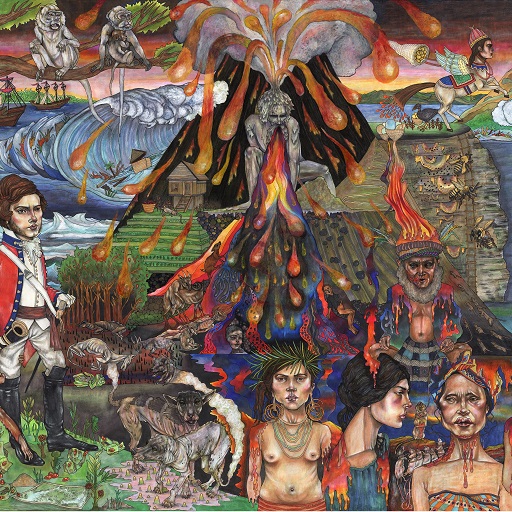
Courtney Blazon explores, in surreal detail, the effects of the eruption of Mount Tambora on the island of Sumbawa in 1815, capturing disease, death, folklore, climate change and even the birth of Frankenstein.
-
Youngstown

Youngstown exposes a fundamental feature of industrial life for many blue-collar American workers -- the degradation of the environment was synonymous with prosperity and financial security.
-
Whitey on the Moon

In 90 seconds, Gil Scott-Heron eviscerates the nation’s economic priorities, contrasting the spending to put a man on the moon to the environmental degradation experienced in urban African-American communities.
-
London Calling
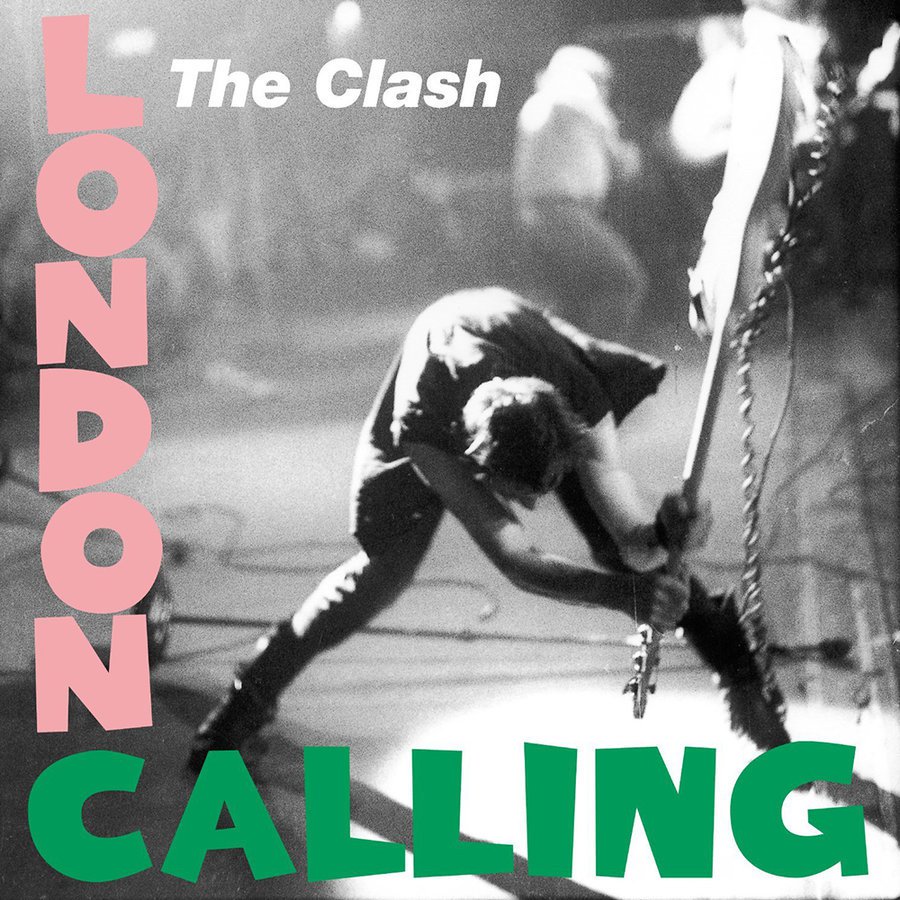
London's calling and it's drowning. “The ice age is coming, the sun is zooming in / Meltdown expected, the wheat is growin' thin.” Environmental apocalypse looms in Joe Strummer’s vision, and for good reason.

